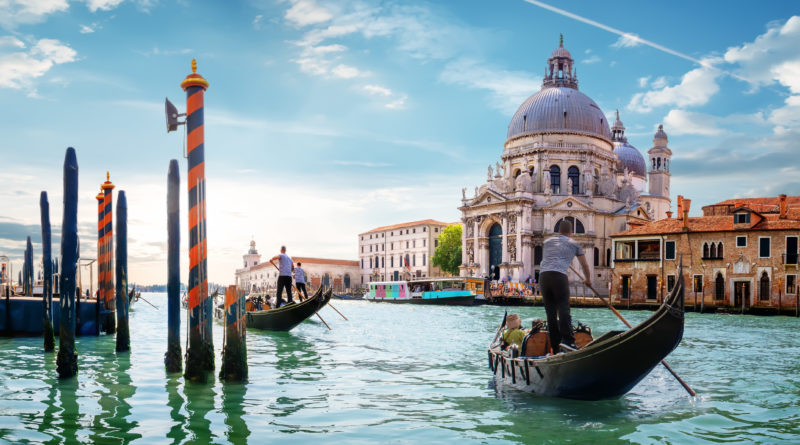Can Venice Sink?
4,145 total views, 1 views today
One of Italy’s most famed cities has few traditional roads. Venice has long been primarily navigated by boat, as the city often boasts canals in place of traditional streets. Tourists have long flocked to Venice to experience urban life directly alongside a small taste of the marine, but travelers soon might need to consider other destinations.
Recent extreme flooding in Venice – a city not immune to water levels rising and the havoc that accompanies this change – has some worried that the city may become uninhabitable. This raises a question that may sound paradoxical but is in fact entirely valid: Can Venice sink?
How flooding is affecting Venice
In the era of climate change, the phrase “rising sea levels” is nothing new. What’s less common is water already rising high enough in cities to impact vital infrastructure. Venice is the first in recent memory.
Venetian tourists and residents have described the havoc that the recent flooding has caused. Boats have been destroyed, which in Venice is akin to cars being totaled. Gondolas have been stranded atop the many pedestrian bridges that connect Venetian buildings atop the city’s abundant waters. In parts of town where people navigate via traditional roads rather than canals, the floods have caused the water to rise to thigh-high levels. By some reports, 70 percent of Venice has gone underwater in these floods.
Rising sea levels in Venice are also threatening the many significant historical and artistic works kept in the city. The floods have already damaged key historical, artistic, architectural, and tourist locations such as St. Mark’s Basilica and the Gritti Palace. Italian prime minister Guiseppe Conte grieved last week for the state of the city’s artistic heritage.
Even before recent flooding, Venice was sinking
Though Venice may best be known as a historic tourist spot, its rising sea levels will affect residents first and foremost. The current flooding has sent a stark reminder to scientists, Venetians, and tourists alike that Venice has long been sinking – and only so much time remains for a solution to be implemented.
The sinking problem stems in part from how Venice first incorporated modern infrastructure. The city accesses freshwater through underground aquifers, and as it does so, the sediment below the city compacts, causing the city to continuously sink. Currently, this sinking is limited to two millimeters per year, but with flooding, the net water level rise in the city can be larger.
Many have pointed to Venice as just the first of many cities that will endure devastating sea-level rise. Climate change experts have long warned that coastal cities will go underwater as Arctic sea ice melts and global water levels rise. Many of these experts have said that the current Venetian flooding is happening now since the city is already partially underwater – non-underwater cities, they say, aren’t far from experiencing the same soon enough. Sea walls and flood barriers that cost billions of dollars to erect could potentially combat sea-level rises in other cities, but Venice might show that humanity is nowhere close to ready to fend off climate change’s most severe consequences.

